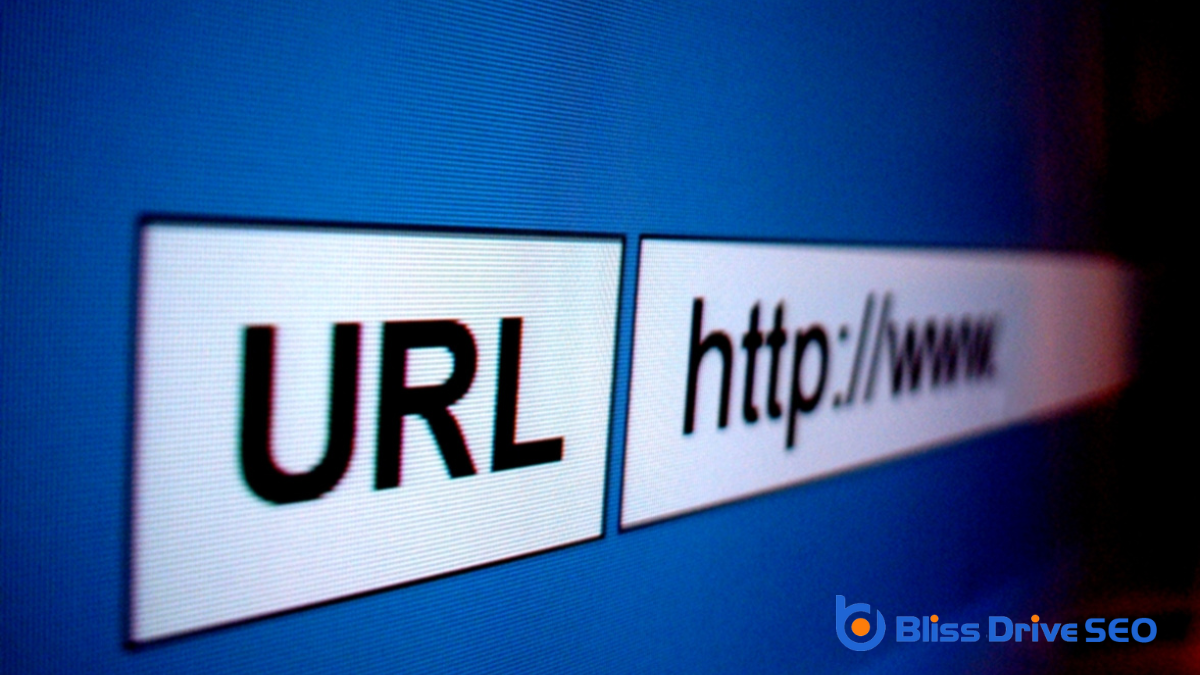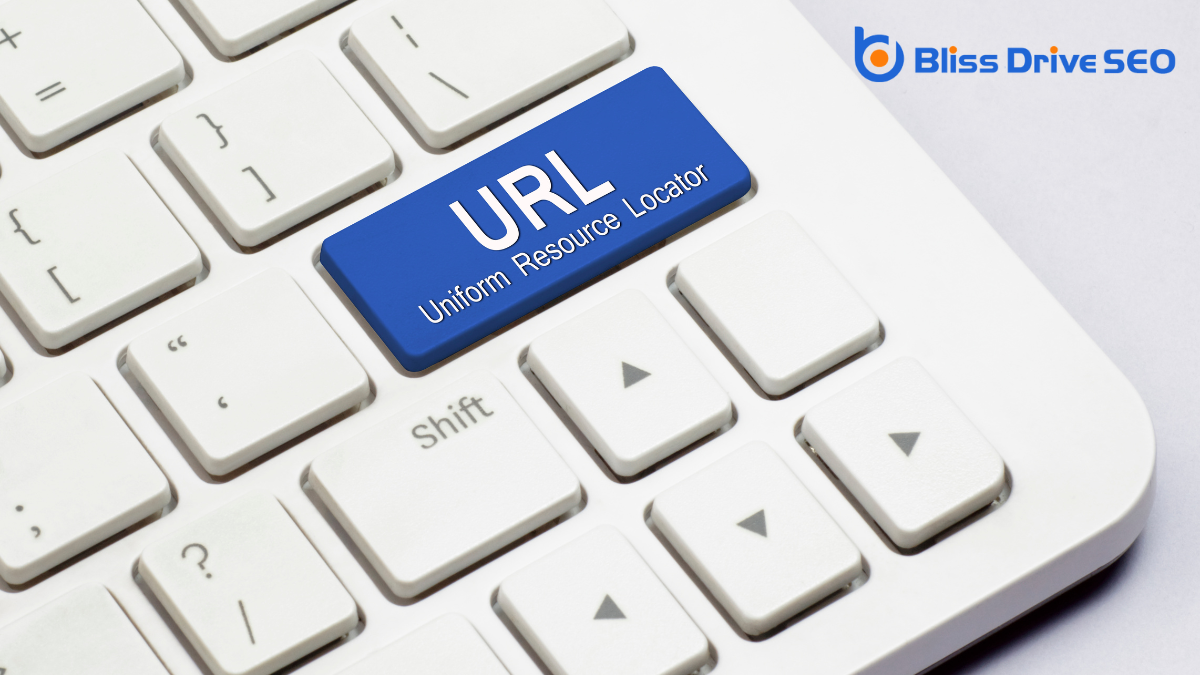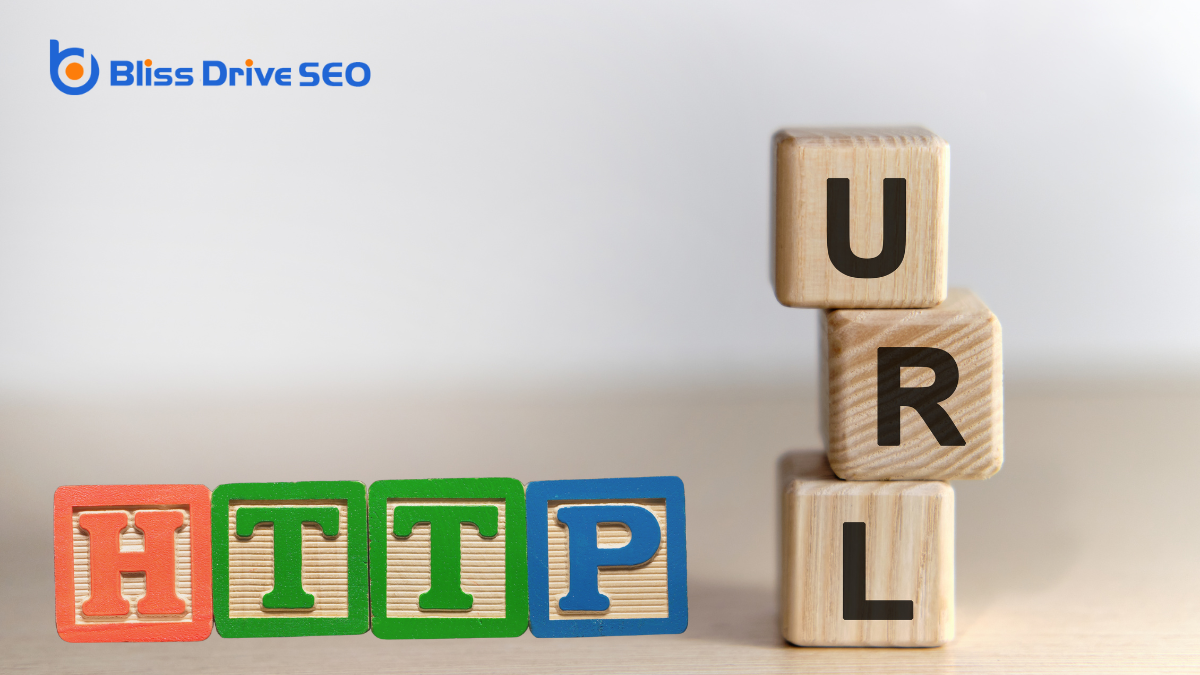Learn More About Us

When you browse the web, you might come across the terms URL and HTTP, but do you know what sets them apart? A URL is like an address, pointing you to where information lives on the internet, while HTTP is the language that lets your browser talk to web servers to fetch that data. Both play essential roles in your online experience, yet they serve distinct purposes. Have you ever wondered how they work together to connect you to the digital world or what might happen if one didn't function properly? Let's explore these questions further.
A URL, or Uniform Resource Locator, is fundamentally the address you type into your browser to visit a specific webpage. Think of it as a digital map pointing you to your desired destination on the internet. It's how you tell your browser where to go and what to show you. When you enter a URL, your browser knows exactly which webpage you want to access, thanks to this precise address.
URLs are designed to be user-friendly, making it easier for you to find and access information online. It typically starts with a protocol, often "http" or "https", which tells your browser how to retrieve the resource. Following the protocol, you'll see the domain nameThe address of a website, crucial for branding and SEO., which identifies the website itself. For example, in "https://www.example.com", "example.com" is the domain name.
Understanding URLs helps you navigate the web more efficiently. You're able to identify secure connections when you see "https", ensuring your data is protected.
Plus, knowing how to read a URL can empower you to spot potentially unsafe websites. By grasping how URLs function, you gain more control and confidence while surfing the vast digital landscape.

Every URL comprises several key components that work together to direct you to the right destination on the internet. When you look at a URL, you'll notice it starts with a scheme, often "http" or "https", which defines how the resource will be fetched. This is followed by "://", a separator that divides the scheme from the rest of the URL.
Next, you'll see the domain name, which identifies the server where the resource resides. It's like the website's address. Sometimes, the domain is followed by a port number, especially if the server uses a non-standard port. The format looks like ":8080" and is essential when the server is set to listen on a specific port.
The URL might also include a path that resembles a file path on your computer. It points to a specific resource or page on the server, guiding you to the exact content you want.
After the path, there's often a query string, starting with a "?" that provides additional parameters for the server to process, like search terms.
Finally, you may find a fragment, preceded by a "#", that directs you to a specific section within the page. Understanding these components helps you navigate and utilize URLs effectively.
HTTP, or Hypertext Transfer Protocol, forms the foundation of any data exchange on the web. When you browse the internet, HTTP is the protocol that facilitates the transfer of data between your browser and the websites you visit. It fundamentally acts as a set of rules that govern how information is transmitted over the internet, ensuring that your requests to view web pages are correctly understood and processed by web servers.
Think of HTTP as a language that web browsers and servers use to communicate. When you type a URL into your browser, HTTP is what allows the browser to request the specific web page from a server, which then delivers the content back to you. This process happens almost instantaneously, making web browsing a seamless experience.
HTTP also plays an essential role in ensuring that the data transferred is accessible and readable by your browser.
It's significant to mention that HTTP itself doesn't store data; it merely facilitates its transfer. This protocol is integral to how we access and interact with the internet, providing the necessary framework for web pages to be delivered to your screen.
Understanding how HTTP works involves looking at the request-response cycle that powers web interactions. When you visit a website, your browser sends an HTTP request to the server hosting that site. Think of this as your browser asking the server for a specific page or resource.
The server, upon receiving the request, processes it and replies with an HTTP response. This response includes the requested data, like an HTML page, and metadataData that provides information about other data, such as its source, format, and usage., such as status codes and content type.
You might wonder about those status codes. They're like messages from the server about how your request was handled. For instance, a "200 OK" status means everything went smoothly, while a "404 Not Found" indicates the server couldn't find the requested resource. These codes help you understand what happens behind the scenes.
HTTP is stateless, meaning each request-response pair is independent. The server doesn't remember past interactions, which can make it challenging to maintain a continuous session. That's where cookies and other technologies come into play, providing ways to track user sessions.
In essence, HTTP is the protocol that lets you and web servers communicate efficiently, ensuring you get the information you need.

When you explore the roles of URL and HTTP, you'll notice that each plays a distinct part in web communication.
The URL acts as the address, guiding you to the specific resources you seek by using its structure components like the protocol, domain, and path.
Meanwhile, HTTP functions as the protocol that facilitates the transfer of data between your browser and the server, ensuring you receive the right content quickly and efficiently.
To explore the components of URL structure, start by recognizing that a URL is fundamentally the address of a resource on the internet, while HTTP is the protocol that facilitates the transfer of data between your browser and that resource.
When you break down a URL, you'll notice several key components that help locate and identify the resource you're seeking.
Firstly, the scheme, like "http" or "https," tells your browser which protocol to use. Following that, the domain name, such as "example.com," indicates the server where the resource is hosted. Some URLs also include a port number, which specifies a particular gateway on the server, though it's often omitted when using standard ports.
Next, the path follows the domain and points to the specific location of the resource within the server, like "/about-us". If there are parameters added, they appear after a question mark, such as "?id=123", and are used to pass additional data to the server.
Finally, the fragment identifier, starting with a hash "#", directs you to a specific section within the resource, like "#section1". Understanding these components helps you navigate the web more effectively.
The HTTP protocol plays an essential role in how data is exchanged over the internet, acting as the foundation for any web communication you engage in. When you request a webpage, HTTP sets the rules for how your browser and the web server communicate. It guarantees that your browser receives the right data, whether it's text, images, or videos. Think of it as a language both your browser and the website understand, allowing them to exchange information seamlessly.
One key function of HTTP is to structure requests and responses. When you enter a URL in your browser, it sends an HTTP request to the server hosting the website. The server then responds with the content you've requested, using HTTP to guarantee the data is correctly formatted and displayed.
HTTP also manages sessions, keeping track of your actions as you navigate a site. It uses status codes to inform you about the success or failure of your requests, like "404 Not Found" when a page is missing.
At the core of understanding the internet's architecture, you'll find that URLs and HTTP serve distinct functions that are both vital yet fundamentally different.
URLs, or Uniform Resource Locators, act as the web's address system. They're the unique identifiers that direct you to specific resources, like websites, images, or videos. Think of a URL as a detailed map that pinpoints where a particular resource resides on the vast internet landscape.
On the other hand, HTTP, which stands for Hypertext Transfer Protocol, is the set of rules governing how data gets exchanged over the web. When you enter a URL into your browser, HTTP acts like a protocol-driven courier, ensuring your request for a webpage is sent correctly, and the response is delivered back efficiently. It manages the communication between your browser and the server hosting the website.
In essence, while URLs tell you where to go, HTTP dictates how you get there and retrieve the information you need. Understanding these differences can help demystify how your web browser navigates the internet, ensuring you grasp why both components are vital for seamless web browsing experiences.
Misunderstandings often arise when people confuse URLs with HTTP. You might think they're interchangeable, but they serve different purposes. A URL (Uniform Resource Locator) is like an address for a specific resource on the internet, such as a webpage, image, or video. It tells you exactly where to find something online.
On the other hand, HTTP (Hypertext Transfer Protocol) is a set of rules for transferring data over the web. It's the protocol used by browsers to communicate with servers and retrieve the content identified by the URL.
Another common misconception is thinking that HTTP is part of the URL. While "http://" does appear at the beginning of many URLs, it's just stating the protocol being used. The URL itself includes the protocol, domain name, and often a path to a specific resource.
Some people also believe that HTTPS (the secure version of HTTP) is a totally separate entity. It's actually just HTTP with an added layer of security, using encryption to protect data during transfer.
Understanding these distinctions helps you navigate the web more effectively and appreciate the roles URLs and HTTP play in your online experience.

Understanding the difference between URLs and HTTP leads directly to recognizing their importance in web browsing. When you type a URL into your browser, you're fundamentally providing the address of a resource you want to access on the internet. The URL, or Uniform Resource Locator, acts like a house address, guiding your browser to the right place.
Without URLs, finding specific websites would be like trying to locate a house without directions.
HTTP, which stands for Hypertext Transfer Protocol, plays a different but equally critical role. It's the protocol that enables communication between your browser and the web server where the site is hosted. Think of HTTP as the language they both speak to exchange information.
When you click a link or submit a form online, HTTP facilitates this interaction, guaranteeing data travels back and forth smoothly.
Together, URLs and HTTP form the backbone of web browsing. URLs direct you to your desired destination, while HTTP guarantees you can access the content there efficiently and securely.
Understanding how they work helps you appreciate the seamless browsing experience you often take for granted. Without them, maneuvering the web would be far more complicated.
In exploring the differences between URLs and HTTP, you've learned that URLs are the addresses pointing you to online resources, while HTTP is the protocol ensuring smooth communication between your browser and servers. URLs tell you where to go, and HTTP figures out how to get you there. Understanding these elements clarifies their roles in web browsing and dispels common misconceptions. So, next time you surf the web, you'll appreciate the seamless teamwork behind your clicks.
